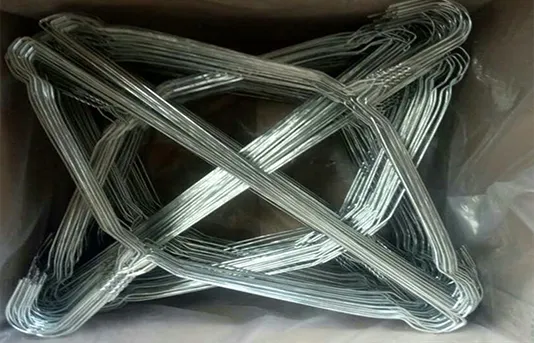-
 Phone:
Phone: -
 Email:
Email:

Estimating Expenses for Rock Netting Installation and Maintenance
Understanding Rock Netting Costs An Essential Component of Erosion Control
Rock netting, also known as rock fall netting or slope stabilization netting, is a common and effective technique used in civil engineering and environmental management to prevent erosion, rock falls, and landslides. As areas around highways, railways, and construction sites are increasingly subjected to natural forces, ensuring the stability of slopes becomes paramount. However, the use of rock netting incurs costs that need to be carefully considered in project planning. This article aims to break down the factors influencing rock netting costs and provide insights into the financial investment required for effective erosion control.
What is Rock Netting?
Rock netting consists of high-tensile steel wire meshes that are designed to hold loose rocks and debris in place. The netting is installed over unstable slopes to contain falling rocks and prevent them from reaching roads, buildings, or other critical infrastructure. The material is durable and robust, able to withstand harsh environmental conditions, which is why it is a preferred choice for many engineers.
Factors Influencing Rock Netting Costs
1. Material Quality The quality of the materials used for rock netting significantly impacts cost. Higher-quality, galvanized steel wire offers better durability and resistance to rust and wear, which can translate to lower maintenance costs over time. Conversely, opting for lower-quality materials might save on initial costs but can lead to higher replacement and maintenance expenses in the future.
2. Slope Size and Condition The size and condition of the slope play a crucial role in determining the overall cost. Larger slopes require more netting material, labor, and potentially more complex engineering solutions. Additionally, the geological condition of the slope—whether it's rocky, sandy, or clay-rich—will influence design and installation costs.
rock netting cost

3. Installation Challenges The logistics involved in the installation process can also affect costs. If the site is located in a difficult-access area, costs may rise due to the need for specialized equipment, additional labor, or extended project timelines. Safety equipment and protocols may also contribute to increased costs if the work poses risks to workers.
4. Regulatory Compliance Projects involving rock netting must often adhere to local regulations and environmental guidelines. Costs can escalate if additional assessments or mitigations are required for compliance. Obtaining permits can also add time and expense to a project.
5. Maintenance and Longevity While installing rock netting is a significant upfront investment, factoring in long-term maintenance costs is essential. Regular inspections and maintenance can prevent larger issues down the line. The longevity of the netting can justify higher initial costs if it leads to greater effectiveness and reduced need for repairs.
Cost Estimates
While it is challenging to provide a precise cost for rock netting without specific project details, industry estimates suggest that the installation costs range from $10 to $50 per square meter. This can vary widely based on the factors discussed. Therefore, it is advisable for project planners to obtain detailed quotes from contractors who specialize in this area.
Conclusion
Investing in rock netting is a proactive approach to managing erosion and rock fall risks. While the costs associated with rock netting can be substantial, considering the long-term benefits, including increased safety, reduced property damage, and lower maintenance costs, makes it an essential investment for any construction or infrastructure project. By understanding the variables that influence rock netting costs, project managers can make more informed decisions that ensure both budget adherence and optimal outcomes for slope stabilization efforts.
-
Wire Mesh for Every Need: A Practical SolutionNewsJul.25,2025
-
Steel Fences: Durable, Secure, and Stylish OptionsNewsJul.25,2025
-
Roll Top Fencing: A Smart Solution for Safety and SecurityNewsJul.25,2025
-
Cattle Farm Fencing Solutions for Maximum SecurityNewsJul.25,2025
-
Affordable Iron Binding Wire SolutionsNewsJul.25,2025
-
Affordable Galvanized Wire SolutionsNewsJul.25,2025
-
Wire Hanger Recycling IdeasNewsJul.25,2025








